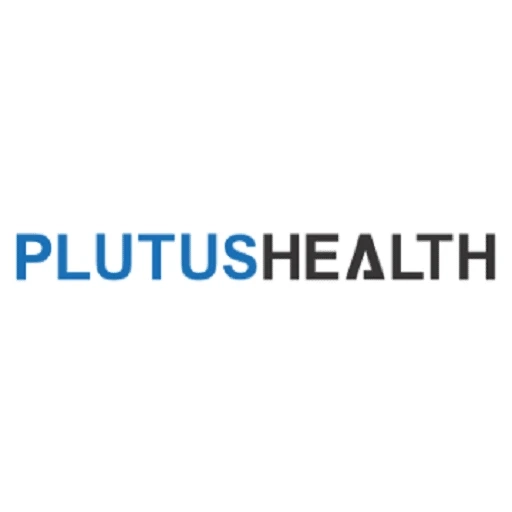Is your healthcare practice collecting promptly and sufficiently from insurance companies? If you’re having payment issues and your revenue cycle management isn’t as cost-effective as you hope, you might need to step back and analyze your current system. It’s also important to take time to understand the three phases in RCM for healthcare so you can identify opportunities and avoid mistakes that cost money. Finally, consider using automation in revenue cycle management to ease your staff’s workload, improve their productivity, allow them to focus on critical tasks, and deliver better customer service.
The revenue cycle in the medical setting starts when the patient sets an appointment and concludes with the final payment resolution. There are plenty of opportunities to improve collections throughout the process, and simple mistakes that may occur along the way could be costly. Breaking down the RCM for healthcare, examining each phase, and tracking, improving, and measuring the metrics can encourage improvements.
Here are the three phases of RCM with some best practices to improve each.
Phase 1: Appointment setting and obtaining patient demos
At this phase, your objective is to avoid errors at your front desk. Revenue cycle management automation must efficiently collect and organize patient demographics and insurance information. You should also have a system for tracking and balancing appointments, electronically checking insurance eligibility, and template-driven scheduling.
Phase 2: Capture charges and submit claims
Your goal should be to reduce incidents of denials on the first submission and enable daily electronic filing. You need a system that lets you accurately track the amount billed against collections when the claim is submitted. It’s also important to keep up with changes in payer policies and rules to effectively cut the percentage of denials.
Phase 3: Data analysis, remittance posting, and collection
Manage denied claims and no-response claims as quickly as possible. Phase 3 is where you and your team should promptly track write-offs, adjustments, underpayments, and down coding. Ensure data transparency and easy access so you can quickly analyze information and make solid decisions from anywhere at any time.
How is your RCM process?
Optimize your RCM with Plutus Health, a medical billing company that provides custom solutions, including revenue cycle management automation. Get custom strategies that can solve your RCM challenges so you can save money and improve your ROI.
About the Author:
Thomas John leads a global team of 500 employees in 3 locations as the President & CEO of Plutus Health providing, RPA powered revenue cycle management services to healthcare organizations across 22 states. Plutus Health Inc. is a 15-year-old full-cycle RCM firm specializing in medical coding & billing, denial management, credentialing, prior authorizations, AR follow-up for both medical and behavioral health specialties. As the industry experts in revenue cycle management solutions, they\'ve created a unique process that combines machine learning and robotic process automation to address the clients\' most frustrating problems.



